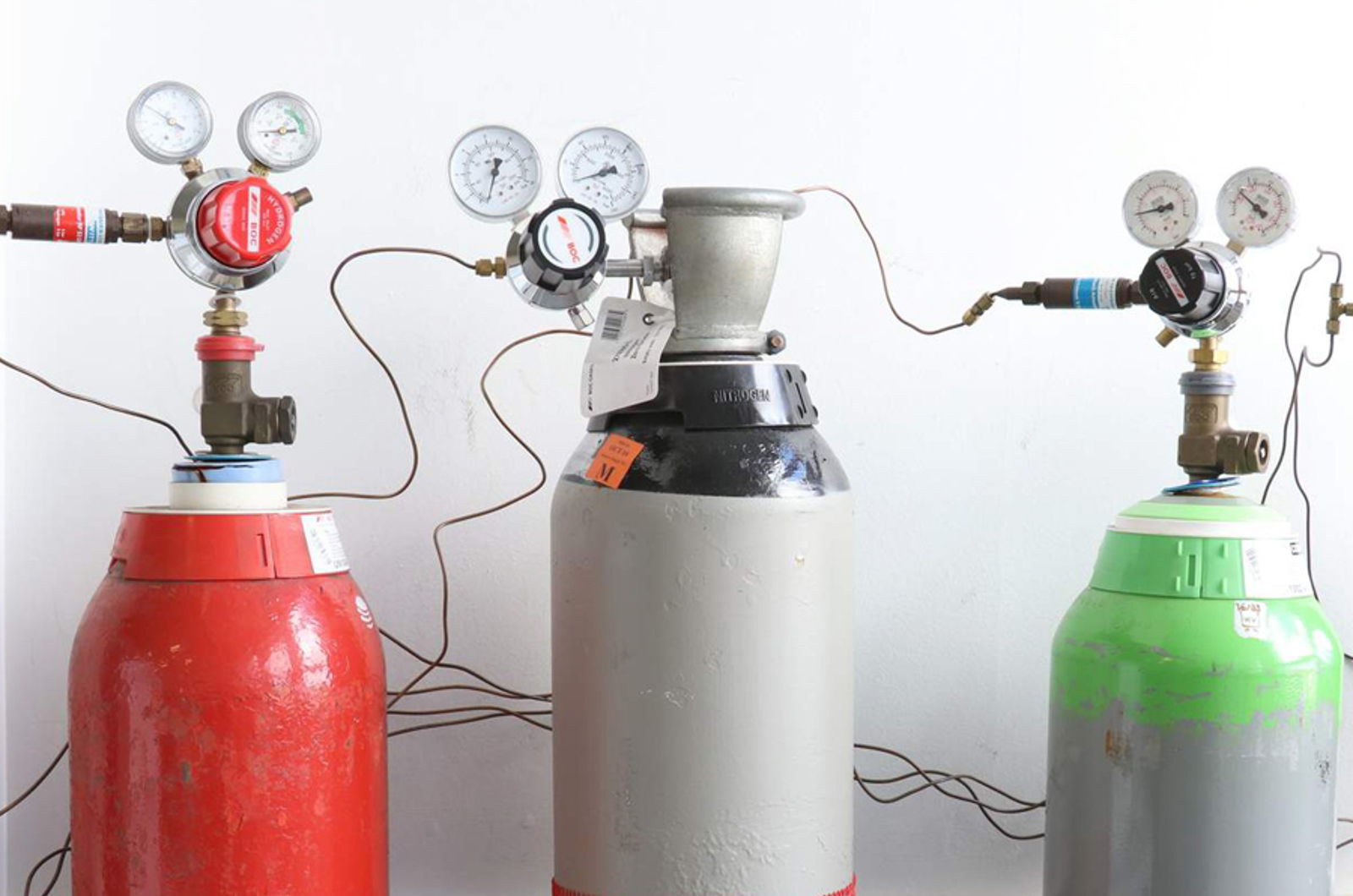Fundamentals of GC Video Training Course
Accredited by

This course is accredited by the Royal Society of Chemistry & American Chemical Society - Analytical Division.

This course has been designed for anyone who is either new to GC, or who wishes to expand their current knowledge and understanding about the technique as a whole.
All aspects of the technology and system are covered - from gas supplies, through sample introduction and column chemistries, to an overview of common detector types. The main focus is on fundamental concepts but important practical aspects and some basic troubleshooting will also be introduced.
Session 1:
The course will begin at the start of the GC separation, by looking at carrier gas requirements, how they effect the quality of your chromatography, and the use of gas filters to ensure the purity of your GC gases. We will also look at how the system controls pressure, and what this means in terms of flow rates.
We will also look at sampling techniques, and the various options that are available such as the purge and trap autosampler, SPME, and headspace autosampler; emphasizing which techniques are most applicable to the different sample types you may encounter.
Session 2:
In this session we will consider how our sample analyte molecules are transferred through the injection system and onto the column.
This will cover important considerations for operation and optimization of split and splitless injections, as well as looking at more specialized injection techniques for thermally unstable samples, such as cool-on-column and PTV inlets.
The session will conclude with a discussion of band broadening and how column dimensions and choice of carrier gas will have a direct effect on the efficiency of your separations.
Session 3:
As we go further through the course we will consider GC stationary phase chemistry choices, and how the chemistry of your analytes defines column choice. We will then look specifically at the different column dimension options and their effect on your chromatography.
Finally we will consider the use of temperature in your GC separations; focusing on developing optimized temperature gradients, as well as when to use isothermal separations.
Session 4:
The course concludes with the final module of the GC system; the detector.
We will consider what characteristics we require in a detector and from here will look in more detail at some of the more common types of detectors, including the FID, NPD, ECD, and TCD. For each we will discuss the operating principles and some general troubleshooting.

